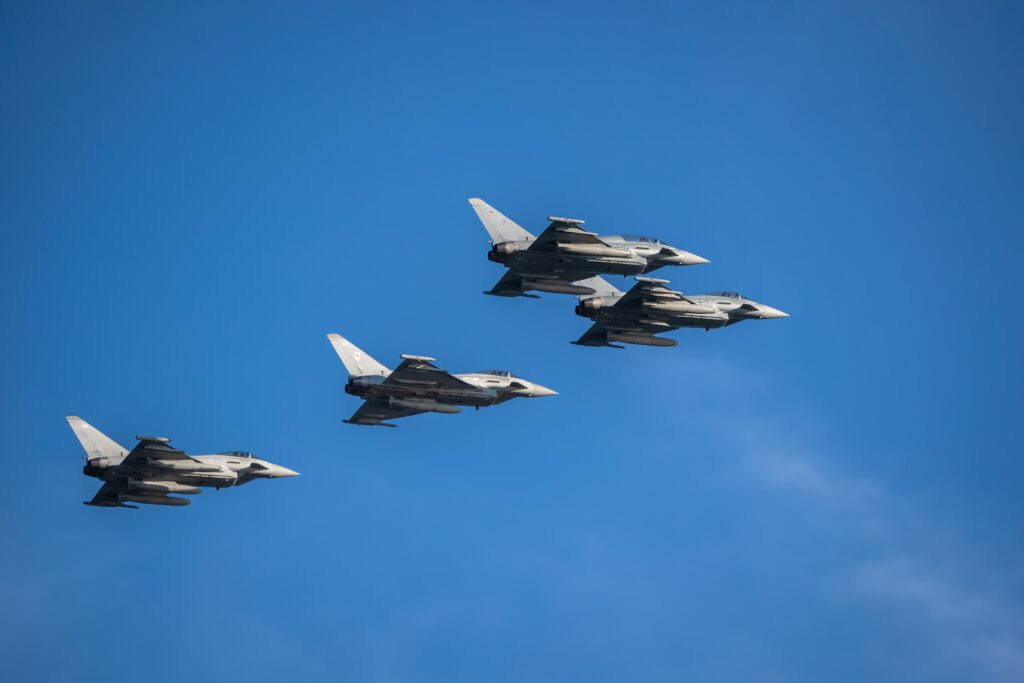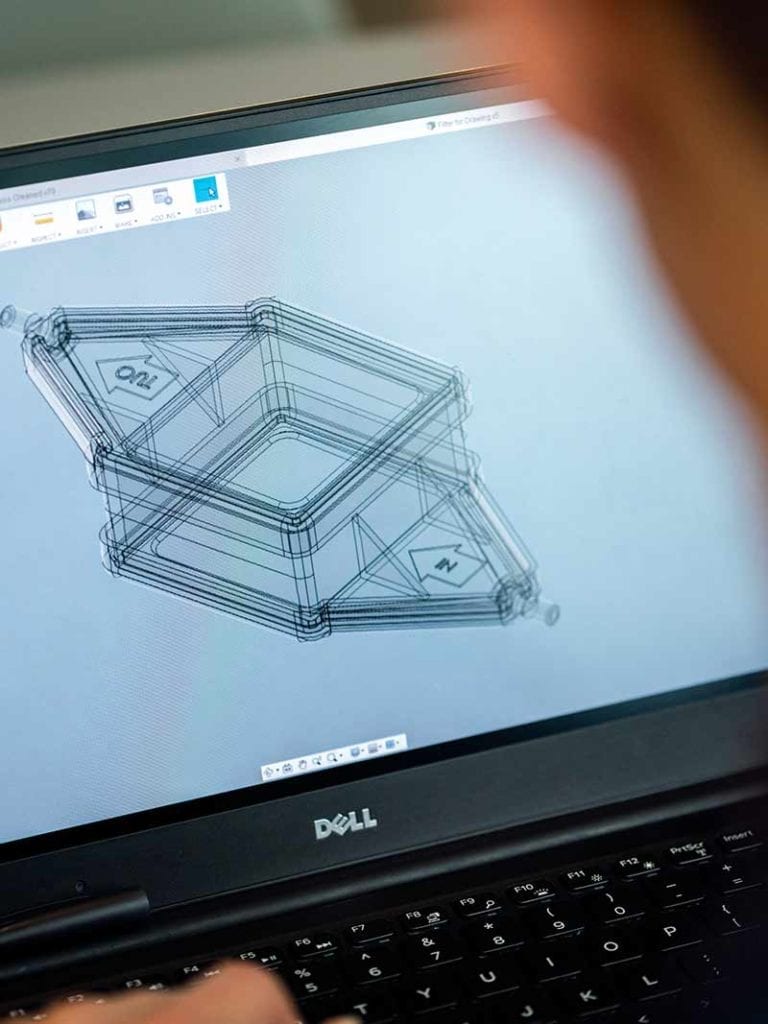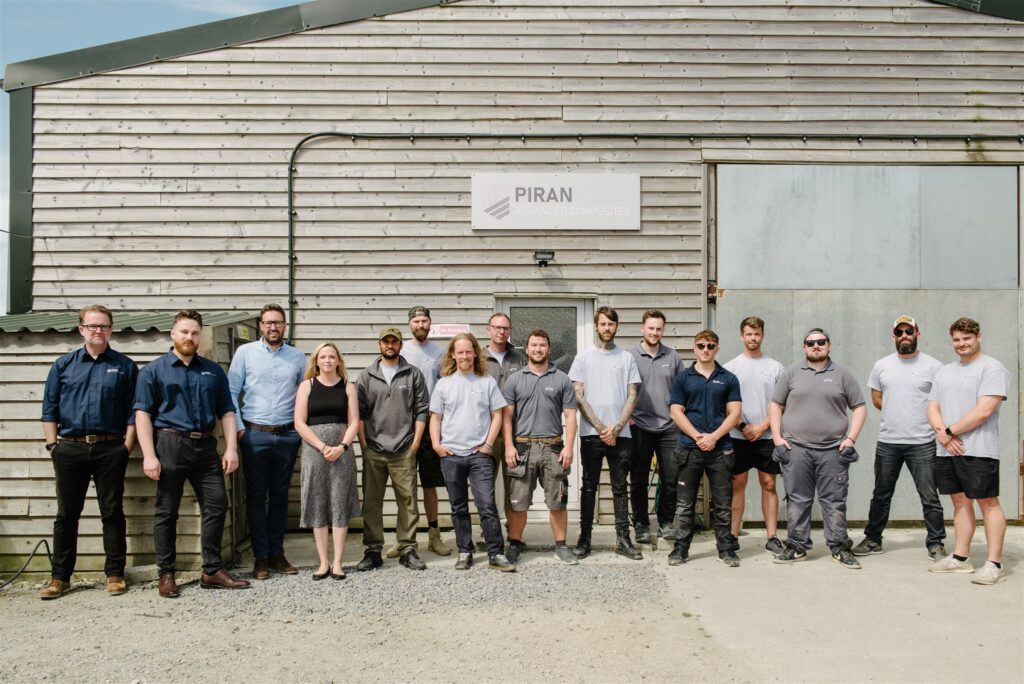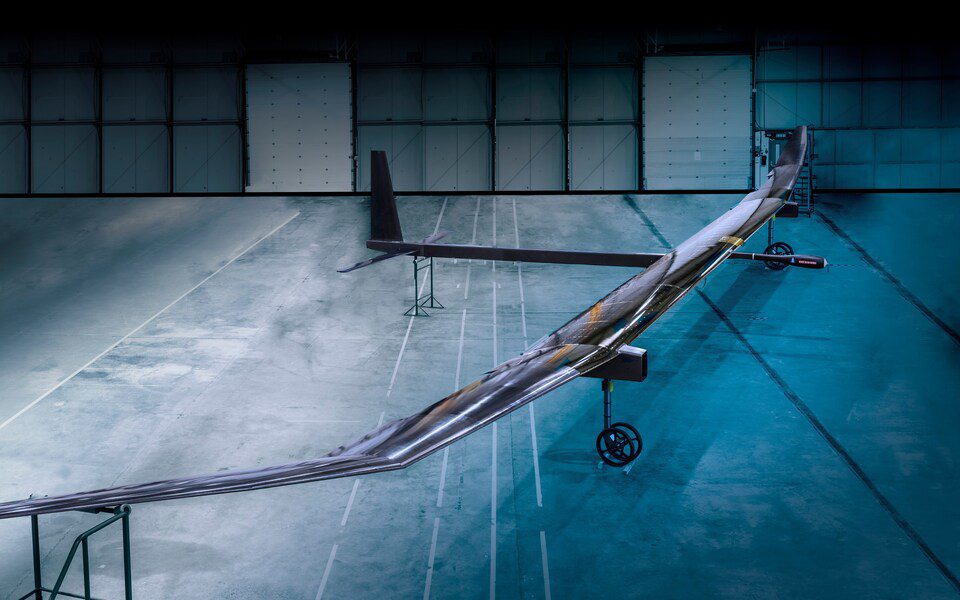In the ever-evolving world of aerospace engineering, technological advancements continually reshape the way we perceive and construct aircraft. Among the groundbreaking innovations that have revolutionised the aerospace landscape, composite materials have emerged as the unsung heroes behind the sleek, efficient, and high-performing aircraft we see today.
Table of Contents

What are Composites in Aerospace?
In the contemporary landscape of aerospace engineering, the pervasive incorporation of composite materials stands as a pivotal and transformative element in aircraft design and manufacturing. Their applications extend far beyond individual components, profoundly influencing the overarching performance, efficiency, and sustainability parameters of the aircraft industry.
This paradigm shift, characterised by the combination of advanced composites with modern engineering, has given rise to a new era where aircraft serve as exemplars of technological innovation and operational efficiency. This article takes a detailed look at how composites are used in the aerospace industry today, explaining why these materials are essential in the progress of aerospace technology.
Structural Components
Composites have many uses in the aerospace industry including the utilisation of composites in critical structural elements such as wings, fuselage sections, and tail structures marks a profound departure from conventional materials.
The exceptional strength-to-weight ratio inherent in composites not only ensures a reduction in overall weight but also upholds structural robustness under high-stress conditions.
Aerodynamic Surfaces
The streamlined and aesthetically refined exteriors of modern aircraft owe their design finesse to the extensive use of composite materials.
Wing and control surfaces crafted from composites play an instrumental role in minimising drag, thereby optimising the aerodynamic profile and performance of the aircraft.
Interior Components
Within the aircraft’s interior, composites find application in the construction of panels, flooring, and seating structures.
The intrinsic lightweight nature of composites directly contributes to increased payload capacity and fuel efficiency, establishing them as pivotal elements in achieving an optimal balance between passenger comfort and economic viability.
Engine Components
Composites have penetrated the core of aircraft functionality—the engines. Components such as fan blades and casing materials are meticulously constructed from composites due to their capacity to endure extreme temperatures while maintaining structural integrity.
This not only enhances engine efficiency but also contributes substantially to the reduction of overall aircraft weight.
Advantages of Composite Materials in Aerospace
The aerospace industry, renowned for its relentless pursuit of excellence, has witnessed a transformative era with the extensive integration of composite materials.
These advanced materials, meticulously engineered through a synthesis of distinct elements, have proven to be a cornerstone in redefining the very fabric of aircraft design and functionality.
From reducing fuel consumption to enhancing structural integrity, composites have proven themselves indispensable in crafting the next generation of airborne wonders.

Fuel Efficiency and Environmental Impact
A notable and commendable contribution of composites to modern aircraft is their role in enhancing fuel efficiency and mitigating environmental impact.
The inherent reduction in weight directly correlates with diminished fuel consumption, thereby effecting a tangible reduction in the carbon footprint associated with a tangible reduction in the carbon footprint associated with air travel.
Cost-Efficiency in Aerospace Manufacturing
While the initial investment in composites may appear elevated, the apparent long-term advantages, encompassing fuel savings, diminished maintenance costs, and extended operational lifespan, position composites as a judicious and cost-effective choice. Concurrently, advancements in manufacturing techniques have streamlined production processes, rendering composites more accessible for aircraft manufacturers.
Corrosion Resistance and Durability
Unlike traditional materials, composite materials exhibit inherent resistance to corrosion, a significant advantage in the demanding aerospace environment.
This resistance contributes to increased durability, reducing the frequency and complexity of maintenance procedures. The extended operational lifespan of aircraft constructed with composites translates into substantial cost savings for aviation operators.
Tailored Structural Integrity
The versatility of composite materials allows for precise tailoring of structural properties, addressing the specific requirements of different aircraft components.
This bespoke engineering ensures optimal load-bearing capabilities, resilience under varying stress conditions, and an overall reinforcement of the structural integrity of critical parts such as wings, fuselage sections, and control surfaces.
Types of Composite Materials Used in Aviation
Composite materials, composed of two or more different materials with distinct properties, have become the cornerstone of modern aerospace design. Their unique blend of strength, durability, and lightweight characteristics has propelled them into the spotlight, replacing traditional materials in many aerospace applications.
In the dynamic landscape of aviation, the selection of composite materials is a nuanced process, dictated by the specific demands of each aircraft component. As technological advancements continue to unfold, these composite materials collectively drive the aviation industry towards unprecedented levels of performance, fuel efficiency, and sustainability.

Carbon Fibre Composites in Aerospace
Carbon fibre reinforced polymers, often abbreviated as CFRP, stand at the forefront of composite materials in aviation. Comprising carbon fibres embedded in a polymer matrix, CFRP boasts exceptional strength and low weight.
These materials find extensive use in structural components such as wings, fuselage sections, and tail structures, contributing to a significant reduction in overall aircraft weight.
Fibreglass Composites in Aerospace
Fibreglass composites, combining glass fibres with a polymer matrix, offer a balance between strength and cost-effectiveness. While not as lightweight as carbon fibre, fibreglass composites find applications in less critical structural components, interiors, and fairings.
Their versatility and affordability make them a preferred choice in certain segments of aircraft manufacturing.
Aramid (Kevlar) Composites in Aerospace
Aramid composites, commonly known by the trade name Kevlar, exhibit exceptional resistance to impact and abrasion. Often used in conjunction with other composite materials, Kevlar is employed in components requiring superior toughness, such as bulletproof panels and protective layers.
Its application extends to reinforcing critical areas in aircraft where impact resistance is paramount.
Aluminum Matrix Composites (AMC) in Aerospace
Aluminium matrix composites integrate aluminium with ceramic particles or fibres to enhance mechanical properties. This type of composite is particularly useful in components that demand both the lightweight nature of aluminium and the improved strength derived from the reinforcing materials.
AMC finds application in specific aircraft parts, offering a compromise between traditional aluminium alloys and advanced composites.
Hybrid Composites in Aerospace
Hybrid composites amalgamate different types of reinforcing materials within a single matrix. By combining the strengths of various composites, engineers can tailor materials to meet specific performance requirements.
Hybrid composites often feature a blend of carbon fibres, Kevlar, and fibreglass, strategically deployed to optimise weight, strength, and cost considerations.
Titanium Matrix Composites (TMC) in Aerospace
Titanium matrix composites leverage the lightweight and corrosion-resistant properties of titanium alloyed with reinforcing materials like ceramics.
These composites are employed in high-temperature environments, such as components within aircraft engines. TMCs contribute to enhanced engine efficiency and durability, critical factors in aviation propulsion systems.
Future Trends in Aerospace Composites
As the aerospace industry moves itself into a future marked by continual innovation and technological advancement, the trajectory of aerospace composites is poised for a new era.
These advanced materials, already integral to contemporary aircraft design, are set to undergo transformative changes that will not only redefine the way we construct aircraft but also usher in a new era of efficiency, sustainability, and performance.

Advanced Nano composites
The integration of nanotechnology into composite materials represents a frontier where precision and performance converge. Advanced nano-composites, incorporating nanoscale reinforcements such as carbon nanotubes or nano fibres, promise to enhance material strength, durability, and conductivity.
These materials hold the potential to revolutionise critical components within aircraft, pushing the boundaries of what is currently achievable.
3D Printing and Additive Manufacturing
The integration of 3D printing and additive manufacturing techniques is set to revolutionise the production processes of aerospace composites.
This trend allows for the creation of intricate, lightweight structures with optimised material distribution, reducing waste and enabling the fabrication of components that were previously challenging to manufacture using traditional methods.
Strategic Use of Artificial Intelligence (AI)
Artificial Intelligence is expected to play a pivotal role in the design and optimization of aerospace composites.
AI algorithms can analyse vast datasets to identify optimal material combinations, predict performance under various conditions, and streamline the overall design process, accelerating innovation in composite materials.
Integrated Multifunctional Composites
Future aerospace composites are expected to serve multiple functions beyond structural integrity. Integrated multifunctional composites may incorporate features such as built-in sensors, actuators, or even energy storage capabilities.
This convergence of functionalities within composite materials opens up new avenues for optimising weight, space, and overall aircraft performance.
Sustainability and Environmental Impact
In the ever-evolving landscape of aerospace engineering, the pursuit of sustainability has emerged as a paramount consideration. As the industry grapples with the environmental impact of air travel, aerospace composites have become a focal point in the quest for greener, more eco-friendly skies.
Lightweight aircraft, made possible by the integration of aerospace composites, directly contribute to reduced fuel consumption and lower emissions. The enhanced fuel efficiency achieved through weight reduction serves as a proactive measure in reducing the carbon footprint associated with air travel, aligning with global initiatives to combat climate change.
The relationship between aerospace composites and sustainability underscores the industry’s commitment to mitigating its environmental impact. As the aerospace sector continues to innovate and embrace sustainable practices, the integration of advanced composites stands as a pivotal element in the ongoing journey towards achieving greener skies and a more sustainable future for air travel.
The Ongoing Transformation of Aerospace with Composites
As we navigate through the intricate web of their applications, advantages, future trends, and sustainability impact, it becomes abundantly clear that composites are not merely materials; they are catalysts for a profound metamorphosis in the very fabric of aerospace engineering.
As the aerospace industry continues to soar to new heights, it does so on the wings of composites, charting a course towards a future where the skies are not just conquered but embraced with a vision of sustainability, efficiency, and limitless possibilities.


